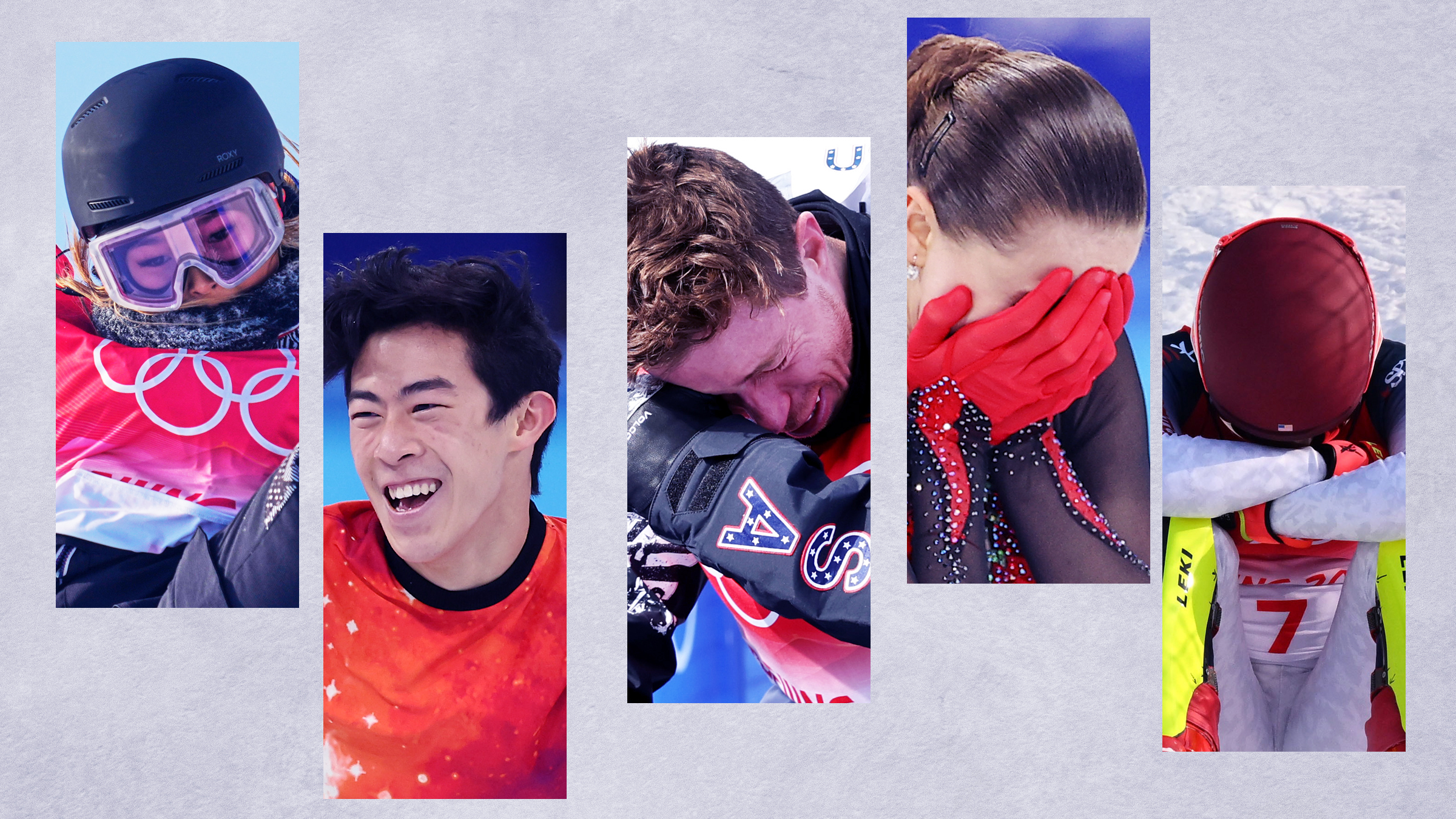Imagine competing at the Olympics before you’re able to vote, drink alcohol, drive a car or even see R-rated movies. For a special group of athletes, they competed on the international stage well before they hit many of these milestones.
Among these young Olympians is Kamila Valieva, the 15-year-old figure skater from the ROC whose positive drug test sits at the forefront of Olympic news and has many questioning the role of age at the Games.
Much of the justification surrounding the Court of Arbitration for Sport’s decision to not place Valieva on a provisional ban centers around her age. Athletes under the age of 16 are considered to be a “protected person” by the World Anti-Doping Agency and it’s unclear how accountability should be assigned.
It might come as a surprise to some, but Valieva’s age of 15 is nothing new at the Olympic Games. In fact, women’s figure skating alone has had five younger competitors in the past two decades, including American Polina Edmunds.
While many of the youngest competitors did hail from the early Olympic Games, the addition of skateboarding to the Olympic programming in Tokyo saw a new rise of pre-teen and teenage competitors, headlined by 12-year-old Kokona Hiraki of Japan and Sky Brown, the 13-year-old who won bronze for Great Britain.
Beijing 2022 Winter Olympics
Watch all the action from the Beijing Olympics live on NBC
Without further ado, here are some of the athletes who competed at the Olympic stage and proved age is just a number:
Who is the youngest Olympian to ever compete?
Feeling out of the loop? We'll catch you up on the Chicago news you need to know. Sign up for the weekly Chicago Catch-Up newsletter.
The history of young athletes at the Olympics is ingrained in the Olympic tradition, dating back to the 1896 Games, the first-ever Olympics of the modern era.
Held in Athens, the host country, Greece, was represented by gymnast Dimitrios Loundras who was 10 years old, 216 days at the start of competition, making him the youngest ever Olympian.
Loundras’ Olympic legacy has stood the test of time.
Not only is he the only athlete under the age of 11 to compete at the Olympics, but his bronze medal in team parallel bars makes him the youngest medal winner in the history of the Games.
Loundras was also the last surviving participant of the first Olympic Games when he died in 1970 at the age of 85.
Who is the youngest athlete to compete at the Winter Olympics?
Behind Loundras, the next youngest Olympian came 32 years later in Lake Placid when Cecilia Colledge represented Great Britain in figure skating. At 11 years, 73 days, Colledge finished eighth as part of a British pack that occupied places seven through 10.
The only teammate who finished higher? Fellow 11-year-old Megan Taylor, who was 34 days older than Colledge at the time of competition.
Who is the oldest Olympian to ever compete?
If you’re thinking your Olympic dreams are over, think again.
The title of oldest Olympian belongs to Swedish shooter Oscar Swahn whose last Olympic appearance came at 72 years, 279 days.
In his three Olympic appearances, Swahn won six Olympic medals — three golds, a silver and two bronze — all over the age of 60. All of his medals came in running target shooting, an event no longer contested.
His final Olympic medal — silver in the double shot team event — also set the record for oldest medalist at 72, breaking the 20-year record held by French sailor William Martin.
A generation older than most of the field, Swahn competed alongside his son Alf in all three of his Olympic appearances. Alf finished his Olympic career with nine medals, three of each color.
Who is the oldest Winter Olympian to compete?
Winter Olympic sports are generally considered more dangerous than their summer counterparts, but that doesn’t stop athletes of all ages from taking the Olympic stage.
Likewise to Swahn at the Winter Games, the oldest winter Olympian is also a Swede from the 1920s.
Carl August Kronlund competed at the 1924 Olympics at the age of 58, winning silver in men’s curling.
This was the first year curling was contested at the Olympics before taking a long hiatus. It reappeared as a demonstration sport in 1932, 1988 and 1992, but was not confirmed as a medal sport until the 1998 Olympics in Nagano.




